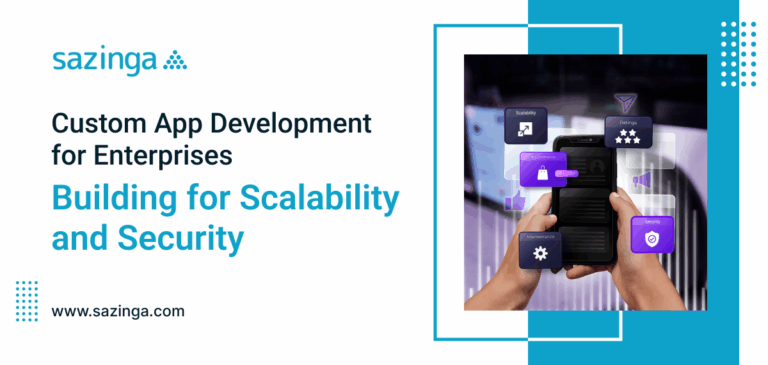Agile Methodology 101 : A guide to Agile methods for modern software development
The world of software development is constantly evolving. The old, waterfall model may have been sufficient for the technology of decades ago, but it doesn’t have what it takes to compete with modern demands. Agile methodology is a process designed to help teams produce high-quality products as quickly as possible. Agile is a set of principles for software development. It is a style of project management that encourages iterative and incremental processes to prioritize customer, team, work, and adaptive planning.
What is the Agile development methodology?
Agile methodology is a software development process that favours iterative and incremental development. It emphasizes face-to-face communication, collaboration, and self-organizing teams. These principles are intended to encourage rapid and flexible response to changing customer needs. Agile is a relatively new, innovative software development methodology that relies on iterative and incremental approaches to manage complexity. It is known as an adaptive, cost-effective methodology that can be adapted for any company size or type. Agile frameworks are highly customizable and flexible, enabling developers to quickly respond to changing business needs.
Why use agile methodology?
Agile methodology is a collaborative approach. It helps teams focus on customer satisfaction instead of documentation and process. The workload is handled in iterations that allow the team to deliver software faster and more cost-effectively. Agile methodologies also help with cross-functional communication by using a common set of terminology and styles when communicating with other team members.
The agile process in 3 steps
The agile process is a high-productivity software development strategy that has proven very successful in the past few decades. The 5 steps of the agile process are:
1) The Build – this is where developers get together to create the project, establish what to do and how to do it, and make sure they all understand each other.
2) The Discovery – this part of the project involves exploring ways to collect requirements. It also includes drawing up use cases for design prototypes or wireframes to get feedback from stakeholders or end users.
3) The Implementation – this is when the developer goes back to doing what he does best: programming! This phase can be long and tedious, but at least there’s no need for guesswork. Agile is a software development methodology that prioritizes collaboration and results. This style of software development was created by a group of developers and designers looking for a more effective way to build and share ideas. What are the benefits of being an adaptive company?
What are the benefits of being an adaptive company?
The benefits of being an adaptive company are huge. When you can react to changes quickly, you get more time to innovate new products and services while reducing your costs. You also create a better customer experience because you’re able to respond to them in the moment. There are many benefits to being an adaptive company. For example, you will be able to react to the market more quickly and identify opportunities that your competitors might miss. You’ll also enjoy increased productivity, which means you can deliver more products in less time. As a result of this flexibility, you can hire skilled employees who are comfortable working in high-pressure environments.
Mapping your business structure to agile methods
You can map your business structure to agile methods in many ways. A common way is to use the three basic roles that are present in any organization: management, customer, and worker.
In this model, the worker role is the team that will take responsibility for implementing a given release. The customer role is typically mapped to stakeholders and other customers who may be affected by a change related to the project. The management role is mapped to senior management or sponsors of the project. Agile methodology is a set of principles and practices for software development. It assumes that we don’t know what we need to do – so we work in iterations and see what we actually need to produce software. The Agile methodology also has two important ideas: continuous improvement and working with others. A team will always be working on the next iteration – but they’re never guessing what needs to be done. They’re continuously improving their product together with their customers, partners, and other stakeholders.
Conclusion
The Agile methodology is based on the idea that software development should be done in iterations, with at least 30% of the product being delivered every iteration. This allows for quick feedback and constant improvement. However, some people believe that it can lead to some problems if not done correctly. One of the most common complaints is that Agile doesn’t allow enough time for planning, which can cause technical debt to accumulate.







